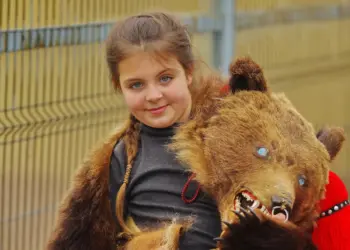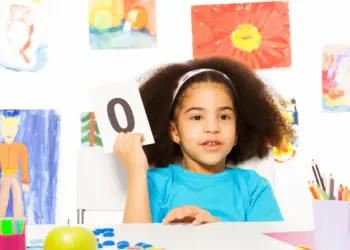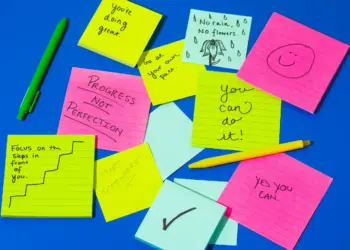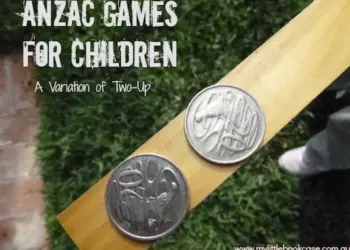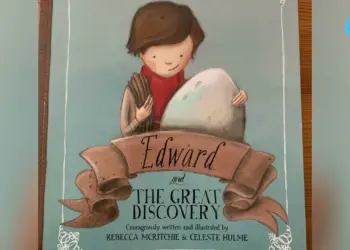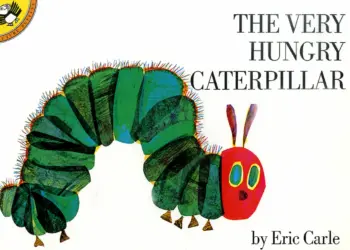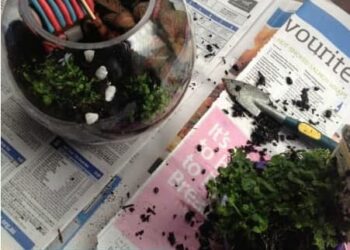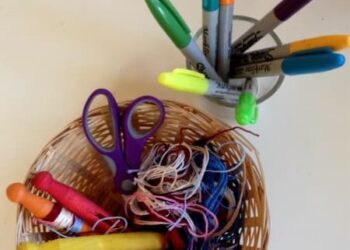For decades there has been fierce debate over which major approach to reading is more effective, with Phonics and Whole Language taking up the two corners of the ring. But, I’ve never really understood the need for debate. To me it is quite clear that children will benefit from a combination of both approaches: immersion in whole language from a young age and direct instruction of phonics when showing signs of being developmentally ready (i.e. demonstrating print and phonological awareness).
So in this post of the A to Z of Learning to Read series, I’m aiming to provide a simple overview of the two approaches and suggest how they can work side-by-side to help children learn to read.
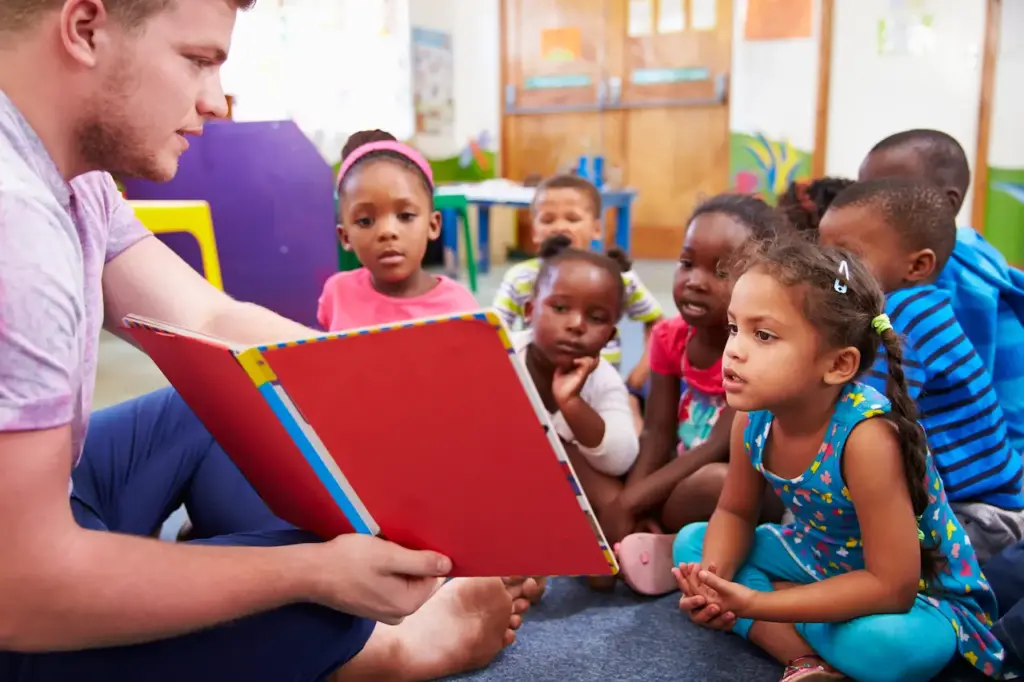
WHOLE LANGUAGE
Whole Language is a holistic approach to learning to read that focusses on reading within the context of the individual learner. A Whole Language approach provides children with a range of tools and strategies to see words as wholes as opposed to breaking them down into single sounds.
You can introduce a Whole Language approach to reading from a young age. It will develop their sense of knowledge and understanding of the world and get them ready to learn phonics. Adopting a Whole Language approach, alongside phonics, assists children in developing better fluency and comprehension when reading.
TIPS FOR BEGINNING YOUR CHILD’S READING JOURNEY WITH A WHOLE LANGUAGE APPROACH
1. Help your child develop a bank of rich and varied life experiences. When reading, children retrieve and apply the prior knowledge gained from these experiences to interpret information and make meaning of text to assist them in decoding words.
2. Read regularly (i.e. EVERY DAY). Amongst other benefits, it will help your child to develop a wide vocabulary, an understanding of syntax and will expose them to a range of language devices. All of which will help children self-correct when they are learning to decode words.
3. Help your child ‘tune in’ to stories by undertaking some pre-reading tasks. This will assist your child in making connections between their prior knowledge and stories (These pre-reading tasks can be thematic or language based). Take a look at these Storytime Workshop posts for some pre-reading activity ideas.
4. Develop your child’s comprehension skills by asking questions during and after the story, or by setting up book-based play scenes. These questions can be literal (based on specific information presented in the text or illustrations), inferential or hypothetical (which require children to draw on their own experiences to explain actions within stories).
5. Re-read books with your child, ask your child to:
-
- Read parts of the story with you or for you
- Look for whole words in the book (See our Book Detective game for ideas)
6. Encourage your child to develop word recognition skills by learning some whole words by sight instead of relying on decoding and blending each word, especially those words that are more difficult to decode. Children may have theme or sight words they are learning at school, otherwise high frequency words are handy to learn by sight. There are sight word lists (e.g. M100W, Dolch, Fry) and a gazillion playful sight word activities that can be found online.
7. Help your child make the right book choice
- Pre-readers need books that are age-appropriate, engaging and expose them to language devices such as rhyme and alliteration.
- Beginning readers need ‘just right’ books ( books that enable a child to read with confidence and with a high accuracy rate). Look for books that are easy enough for your child to read familiar words with confidence, but challenges them slightly and gives them the opportunity to apply the knowledge they have learned about decoding.
- A good rule of thumb to keep in mind is that a book is probably too difficult if a child makes more than five reading errors on a single page.
- Also try reading familiar texts (i.e. It is a good thing to read the same book over and over again).
PHONICS
Phonics is an approach to learning to read that focusses on identifying separate sounds within words and knowing which letters represent them (and vice-versa, seeing a letter and knowing which sound or sounds it represents).
Teaching a child to read using the Phonics approach provides them with skills they need to decode unknown words in new contexts.
At the crux of phonics, is the understanding and learning of specific Grapheme-Phoneme Relationships (also referred to as Letter-Sound Relationships or Letter-Sound Correspondence). This refers to the matching of written letter symbols (graphemes) to the sounds (phonemes) they represent. There are 44 phonemes (sounds) in the English language and different types of graphemes to represent them:
A graph is a one letter grapheme (e.g. ‘b’ as in ball)
A digraph is a two letter grapheme where two letters work together to represent one sound (e.g. ‘ch’ as in chair)
A trigraph is a three letter grapheme where three letters work together to represent one sound (e.g. ‘ igh’ as in light)
A quadgraph is a four letter grapheme where four letters work together to represent one sound (e.g. ‘ough’ as in tough)
A split graph is when the letter ‘e’ works together with a vowel to represent a particular single sound, even though the two letters are separated by other letters. (e.g. ‘i_e’ as in site. The ‘e’ works with the ‘i’ to create the long /ī/ sound).
I have created Grapheme-Phoneme Reference Tables for my own personal use, using the grapheme options I have recorded during my years of training and teaching. For the purpose of this post, I’m happy to share the tables with you. Simply click on the image below to download the tables.
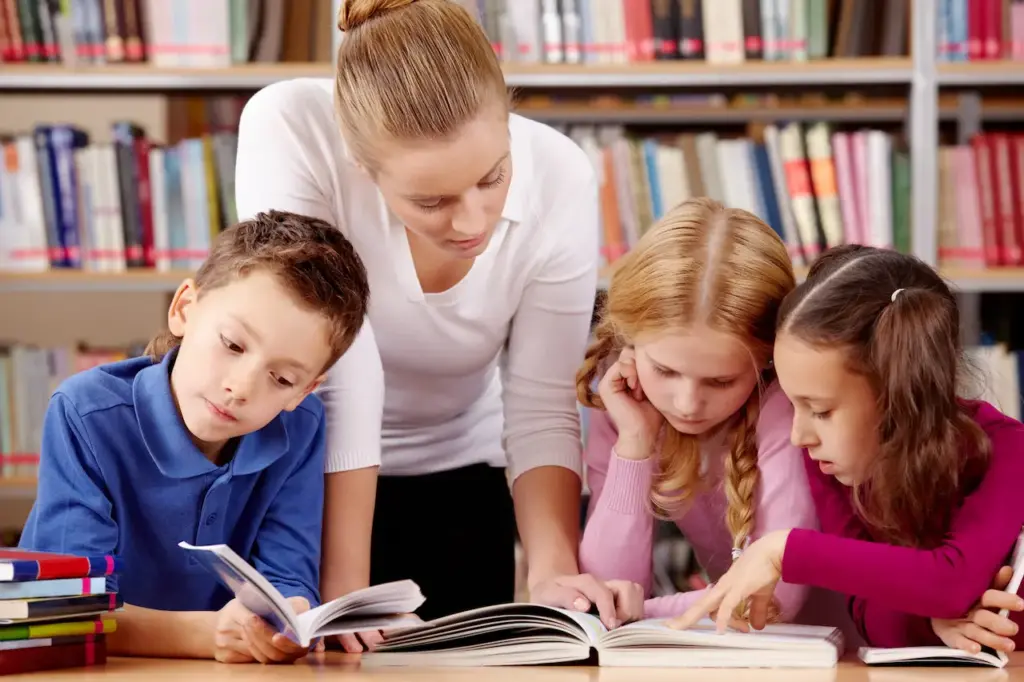
TIPS FOR INTRODUCING PHONICS INSTRUCTION
Note: There are many programs available for the formal instruction of Phonics (Spalding, THRASS, Jolly Phonics, Letterland, Reading Eggs, Little Learners Love Literacy, SSP etc.) but I would not recommend these for home use during pre-school years. What I do think is important however, is to find out what program is used at your child’s school so you can provide consistency when supporting your child at home.
****It is also incredibly important for a child to demonstrate phonological awareness before beginning any targeted instruction of phonics.
1. Introduce your child to letter-sound relationships when you begin letter recognition (the alphabet) with your child. Start with the common and ‘short vowel’ sounds that each letter of the alphabet makes. Watching and listening to Who Let the Letters Out by Dr Jean is a great starting point.
2. Introduce other sounds that can be found in your child’s name, the names of family and friends and other familiar words. (Learn with Play at Home shares a fun way to learn and recognise friend’s names).
3. Cued articulation is a wonderful tool, devised by Jane Passy, in which educators and parents can become familiar. Cued articulation includes a unique hand signal for each phoneme (sound), providing children with visual references or prompts for the phonemes. Cued Articulation also helps children to hear the sounds they can produce in addition to physically feeling how sounds are made by using teeth, tongue voice etc.
4. Taking into account your child’s learning style, play games that require the matching of written letters to initial sounds in words.
5. Introduce phonological games and activities that involve sequencing, segmenting, manipulating, rhyming and blending short words (Childhood 101 has a great post with 7 word-building ideas) The following guide is a great sequence to follow when introducing words (V= Vowel and C= Consonant):
- VC words ( e.g. at, in, up)
- CVC words (e.g. cat, sun, cow)
- CCVC words ( e.g. that, frog, chip)
- CVCC words ( e.g. sock, pick, with)
- Words with long vowel sounds (e.g. make, plate, kite)
- Words that feature trigraphs (e.g. hair, sight, fetch)



